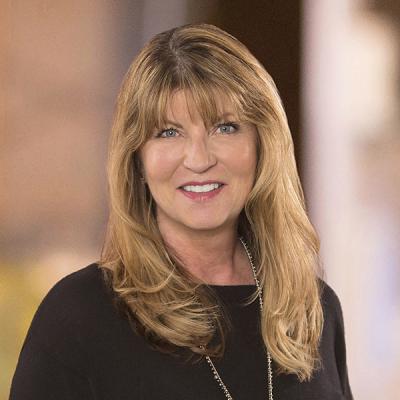Counterfeit Certification Marks: How to Certify that the "Certified" is Certified
Written by: Susan Neuberger Weller
We have all seen or heard about them without, perhaps, knowing what they were or for what they stand: the GOOD HOUSEKEEPING seal of approval, UL certified, ENERGY STAR rated, GROWN IN IDAHO potatoes, HARRIS TWEED, and many, many more. They are called certification marks and they fall within the province of trademark law. Certification marks are words, slogans and/or logos licensed by their owners to be used on products or in connection with the advertising of services offered by third parties which meet standards set by the certification mark owner. Their purpose is to inform the public that the products or services certified meet certain minimum quality standards established by the owner/certifier, to ensure a higher level of consumer protection and safety.
Certification marks are registered at the U.S. Trademark Office in the same basic manner as are trademarks and service marks. Certification marks appear on products in various forms such as:
- Labels
- Tags
- Plates attached to or imprinted directly on products or product packaging
Certification marks are only valid and enforceable in the country in which they are registered, and not all countries have provisions for registering certification marks. Some countries require that certification marks be used on certified products. Some companies will only sell products that bear certification marks. There is no consistency worldwide in use or application.
The bad news is that in the last decade or so, the manufacture and distribution worldwide of products bearing counterfeit certification marks has risen dramatically. Quite often the counterfeit products are very difficult to distinguish from authentic products and, unfortunately, these counterfeit products are usually substandard and, in some cases, can be dangerous to use. Many companies that license certification marks, such as Underwriter Laboratories, provide information to customers on their websites to try and help them identify counterfeit certification marks. A recent article on counterfeit iPhone, iPad and iPod USB power adapters that all bore a counterfeit UL certification mark, discusses different ways to identify counterfeit products.
Because most counterfeit products are manufactured outside the US, one way to spot a counterfeit is by spelling and grammar errors on the product or labels and packaging for the product. In the Apple case, the counterfeit UL® certification mark read "Designed by Abble in California” rather than “Designed by Apple in California.” Price can also be a clue, and the saying “You get what you pay for” has particularly significant meaning when it comes to counterfeit products.
Some other recent cases involving counterfeit certification marks include a warning by the Canadian Standards Association regarding counterfeit certification marks appearing on certain brand DC Motors products, a settlement of a civil lawsuit by the American Petroleum Institute against Tailor Made Oil, which falsely claimed its oil was licensed to use the API engine oil quality certification marks, and a guilty plea entered by a Missouri company in federal court for importing thousands of lamps from China bearing counterfeit safety certification labels.
In an effort to combat counterfeit certifications worldwide, an organization was recently formed to try to stop the proliferation of products bearing counterfeit certification marks. This organization, called the Certification Industry Against Counterfeiting (CIAC), is composed of an international network of certification organizations. It is coordinated by INTERPOL and its concern is not just civil infringement issues but pursuing counterfeit certifications as a criminal activity jeopardizing public health and safety.
In the US, the Immigration and Customs Enforcement (ICE) and Homeland Security Investigations (HSI) agencies jointly lead the National Intellectual Property Rights Coordination Center (IPR Center). The IPR Center’s primary responsibility is the government’s response to global intellectual property theft and enforcement of international trade laws.
So next time you find a bottom basement bargain on a product bearing a certification mark, think twice and check out the certification mark carefully before using. Your life could depend on it.

